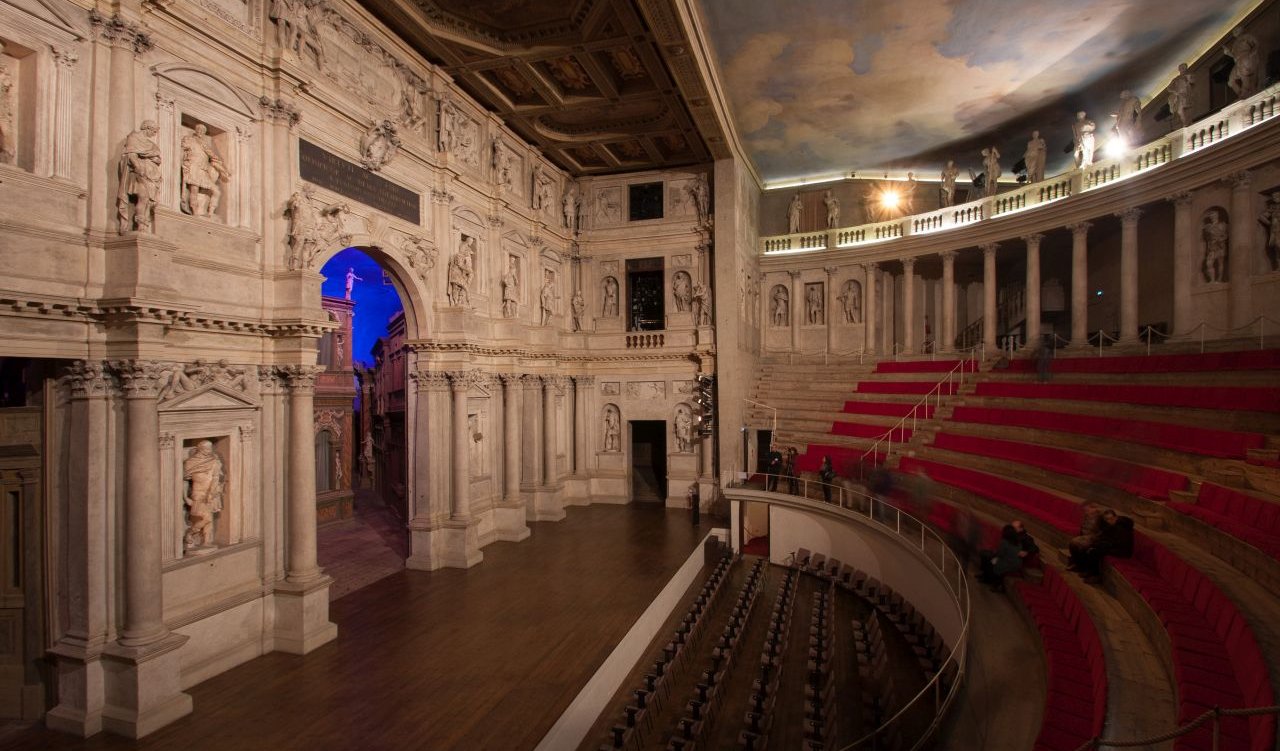
Program
Featuring
Other information
The event is about 2.5 hours long.
About the event
Relaxing tensions and dynamic dances are the mainstays of both parts of the Budapest Festival Orchestra’s first 2021 concert in Vicenza. Before as well as after the intermission, Iván Fischer paired Béla Bartók’s music with a work of a Viennese classical composer. The concert begins with one of Beethoven’s pieces in C minor, which are renowned for their dramatic character. This one is the Overture to the tragedy relating the life of the infamous General Coriolanus. The Overture is followed by Bartók’s lyrical, unfinished Piano Concerto. The soloist of the latter is one of the most sought-after pianists of the world, and recently appointed artistic director of the Lofoten International Piano Festival, Dénes Várjon. One of Haydn’s most famous symphonies is to be followed by the orchestral version of Bartók’s Romanian Folk Dances based on tunes collected by the composer.
What are bravery and triumph worth when someone is repulsive, contemptuous, and haughty? According to Roman consuls, not much, so they force their one-time commander, who protected the empire successfully yet, out of spite, has teamed up with the enemy to conquer Rome, into exile. The siege is thwarted by the exhortation of Coriolanus’s mother, and eventually, the General dies at the hands of someone – or maybe by his own. Beethoven’s Overture from 1807 tells the tragic yet peacefully ending story through the grave main subject of the protagonist, the lyrical but resolute theme of the mother, and the fading return of the first melody.
Bartók’s Piano Concerto No. 3. is characterized by a similarly bittersweet relaxation. The piece was composed in the US in 1945, the last year in the life of Bartók. The intensive, almost aggressive sound of his earlier works gives way to mellowness in the Concerto – with the dedicatee, his wife, Ditta Pásztory, in the composer’s mind. Evoking the atmosphere of the woods, and intoning the verbunkos (recruiting dance), the improvisatory first movement is followed by Bartók’s most sincere, most moving music: a religious, chorale-style song, the prayer of the composer on a better day. The Finale is of a folk song character.
Haydn’s Symphony No. 88, the source of his success in England, begins with an energetic, slow introduction, which leads to the main part, at times playful, at times dramatic. The main theme of the slow second movement, which impressed even Brahms, is initially performed by the oboe and the cello, and then recurs throughout the movement with various kinds of accompaniment – including on the trumpet and the timpani. The rhythmic minuet, featuring a bagpipe-like middle part, is followed by the finale of the piece, similarly folk music-like in atmosphere, but also including an exciting canon.
In 1915, Bartók chose seven violin and recorder melodies from those he had collected in Romania, and wove them together first as parts of a piano cycle and two years later as an orchestral piece. The opening Stick Dance is, according to the composer, “usually performed by a young lad who supposedly can jump high enough to kick the ceiling.” The playful round dance entitled Sash Dance is followed by the mysterious “In One Spot,” before moving on to an odd-meter oriental tune, the “Dance from Bucsum.” The piece concludes with the Romanian Polka, of various time signatures, and the virtuoso Fast Dance.